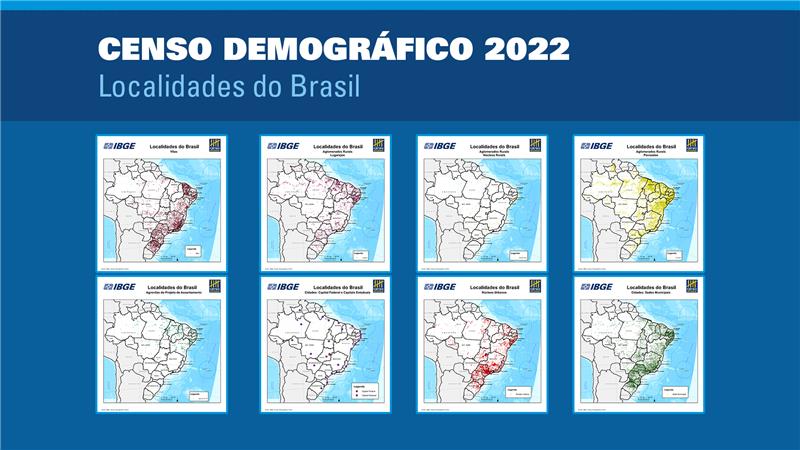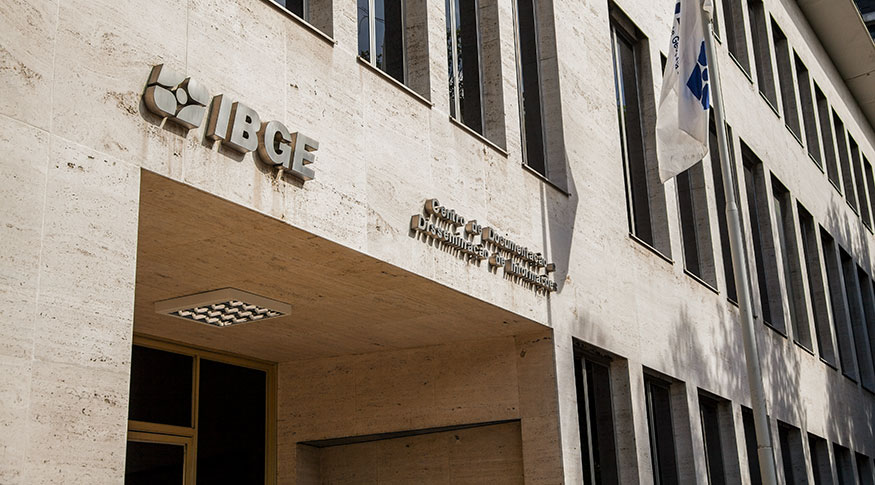IPP
After 12 consecutive increases, industry prices change by -0.12% in February
April 09, 2025 09h00 AM | Last Updated: April 10, 2025 02h34 AM

The prices of national industry recorded a negative change of 0.12% in February against March (0.15%), ending a sequece of 12 positive results in a row. In this period, the cumulative index reached 9.71%. the Producer Price Index (IPP), therefore, recorded a hike of 9.41% in 12 months and the cumulative index in the year was 0.03%. In February 2024, the monthly rate was 0.14%.
The Producer Price Index (IPP) of Mining and Quarrying and Manufacturing Industry measures “factory-gate” prices of products, without taxes and freight, and encompasses the broad economic categories.
In February 2025, 12 of the 24 activities of industry recorded negative changes in prices following the change of general industry. In January this year, 14 activities had higher average prices against those of December 2024. Data were released today (9) by the IBGE.
“As in the last few months, the result of IPP in February was affected by the currency fluctuation. In the comparison between January and February, we observe a drop of 4.3% of the dollar against the real, biggest dollar depreciation since the period february-March 2022, when decrease was 4.4%. At the same time, currency exchange also somehow explains the recent increases of the index in recent months and, considering the cumulative result in 12 months, the dollar in February 2025 was still 16.1% above the level of February 2024, which also explains the cumulative increase in this period,” says Murilo Alvim, manager of IPP.
Activities of industry accounting for the main contribution to the result of February were:petroleum refining and (0.24 p.p.), food products (-0.21 p.p.), other chemicals (0.19 p.p.) and mining and quarrying industry (-0.16 p.p.).
In terms of change, mining and quarrying industry (-3.39%), other transportation equipment (-2.76%), other chemicals (2.41%) and petroleum refining and biofuels (2.37%) stood out in February.
The sector of food products (-0.84%) recorded a negative change for the second month in a row. Therefore, the cumulative index in the year is at -1.70%, lower than in February 2024 (-1.84%). As for the cumulative change in 12 months, the result of 13.96% in February 2025 was the highest registered since July 2022 (19.55%). In February 2024, this rate reached -4.47%. Among the 24 activities analyzed by the survey, food products was the second in the ranking of biggest influences (-0.21 p.p.) in the monthly change, and the first one in the list both in termd of cumulative result in the year (-0.44 p.p.) and cumulative index in 12 months (3.39 p.p.).
“It is the second consecutive drop of food prices, after a sequence of nine consecutive increases. The highlights of February were the lower prices of meat, mainly beef, with more occurrences of slaughter in the month, the prices of rice, which has kept its good prices since the start of the crop, and the prices of soybean products, following the advance of harvest. As these products are exportable, the currency change also helps understand these results," Murilo says.
From January to February 2025, the activity of mining and quarrying industry (-3.39%) recordincrease in the survey. In terms of influence, it was in the fouth position in the monthly indicator (-0.16 p.p.) and cumulative indicator in the yeat (-0.23 p.p.). “The reason for this result has to do with the lower prices of crude petroleum oil, according to the national prices of petroleum. Again, as a product priced in dollar, this decrease ends up being fostered by the depreciation of the dollar in the month. Besides, manufacturing industry, on average, had a positive change in the month (0.04%). The negative result of mining and quarrying industry was, thus, essential for the negative change of IPP.”
The sector accounting for the main influence on the general result in February, despite the positive change (2.37%), petroleum refining and biofuels reached the fourth consectutive month of increase. The result of February, the highest in the series, led the cumulative index in the year to reach 3.89%, whereas the cumulative index in 12 months stood at 9.76%, highest figure since July 2024 (14.17%).
From the perspective of broad economic categories, the change of prices observed from January to February 2025 was as follows: -0.76% of change in capital goods (BK); -0.09% in intermediate goods (BI); and -0.04% in consumer goods (BC), and the change observed in durable consumer goods (BCD) was 0.35%, whereas semi-durable and non-durable consumer goods (BCND) was -0.11%. Capital goods (-0.06 p.p.) accounted for the main contributions to IPP in February.
More about the IPP
The IPP aims at measuring the average change of sale prices received by the domestic producers of goods and services, as well as their evolution over time, signaling the short-term inflationary trends in Brazil. It is a key indicator for the macroeconomic follow up and, consequently, a valuable analytical instrument for decision makers, either public or private.
The survey investigates, in a few more than 2,100 enterprises, the prices received by producers, free from tax, tariffs and freight, defined according to the most usual commercial practices. Nearly 6 thousand prices are collected monthly. The complete IPP tables are available on Sidra. The next release of the IPP, related to March, will be on May 8.


















